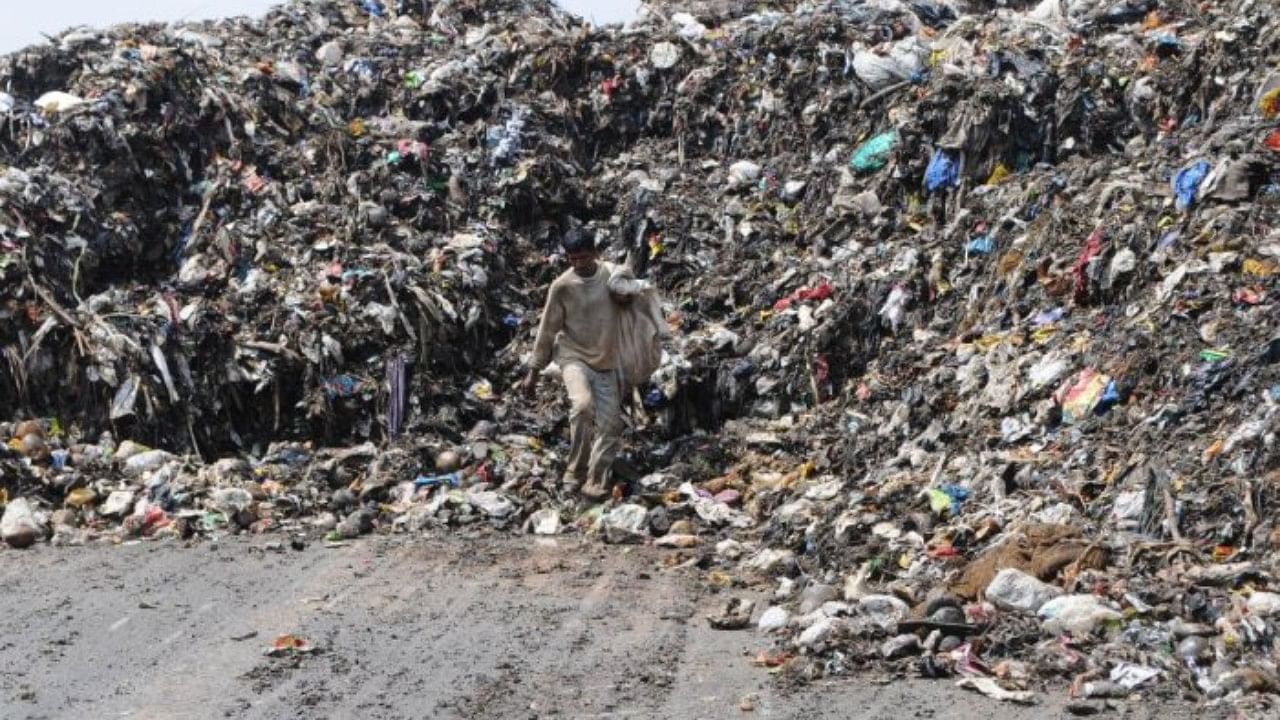
After more than one year that the Hubballi-Dharwad Mahanagara Palike (HDMP) submitted a proposal to the State government for taking up biomining to clear the legacy waste in the twin cities, the plan has got approval from the government now, and large heaps of waste collected at the garbage dumping yards in the twin cities are expected to be cleared in less than two years.
After the HDMP gave clarifications to queries raised by the Directorate of Municipal Administration, and Urban Development Department, the high-powered committee headed by the chief secretary has given approval for the Rs 30.14 crore project to excavate the legacy waste collected for around 40 years, and to segregate them for conversion and reuse.
The HDMP has estimated that the quantity of legacy waste collected at the dumping yard on Karwar Road in Hubballi is around 3.6 lakh tonnes, while at the dumping yard at Hosayallapur in Dharwad, it is around 1.2 lakh tonnes.
"As the proposal has been given the approval, the tender would be floated immediately after getting the government order. Commencement of the biomining project implementation would begin after two months. The plan is to complete the project implementation in 15 months," said HDMP Commissioner Gopal Krishna B.
The project is being funded by the Union government, State government, and the HDMP, while grants under the 15th Finance Commission, and Swachh Bharat Mission would also be utilised, he noted.
The process of biomining of legacy waste would include stages like excavation, stabilisation, and sorting. The excavated waste would be kept for 28 days after adding bioculture. Combustible waste would be converted into refuse-derived fuel (RDF) which would be used by cement factories, while bio-soil would be used as manure, the HDMP officials say.
The inert waste which would remain after the segregation would be shifted to the landfill site at Shivalli, the officials noted.
"We will also plan to properly utilise the land which would be available after clearing the legacy waste at the dumping yards," Dr Gopal Krishna added.
As legacy waste is not just causing problems to the residents in areas adjacent to garbage dumping yards, and is also linked with environment pollution, biomining has been a much-awaited solution. The HDMP is already converting wet waste being collected into manure, while the plant to convert dry waste into torrefied charcoal is likely to start next year.